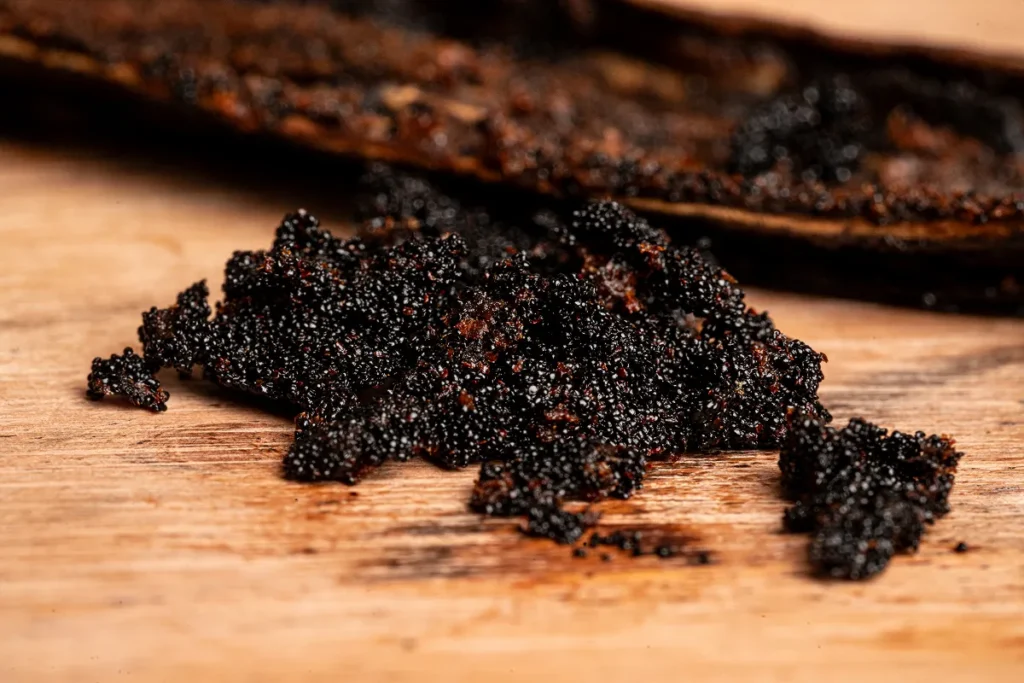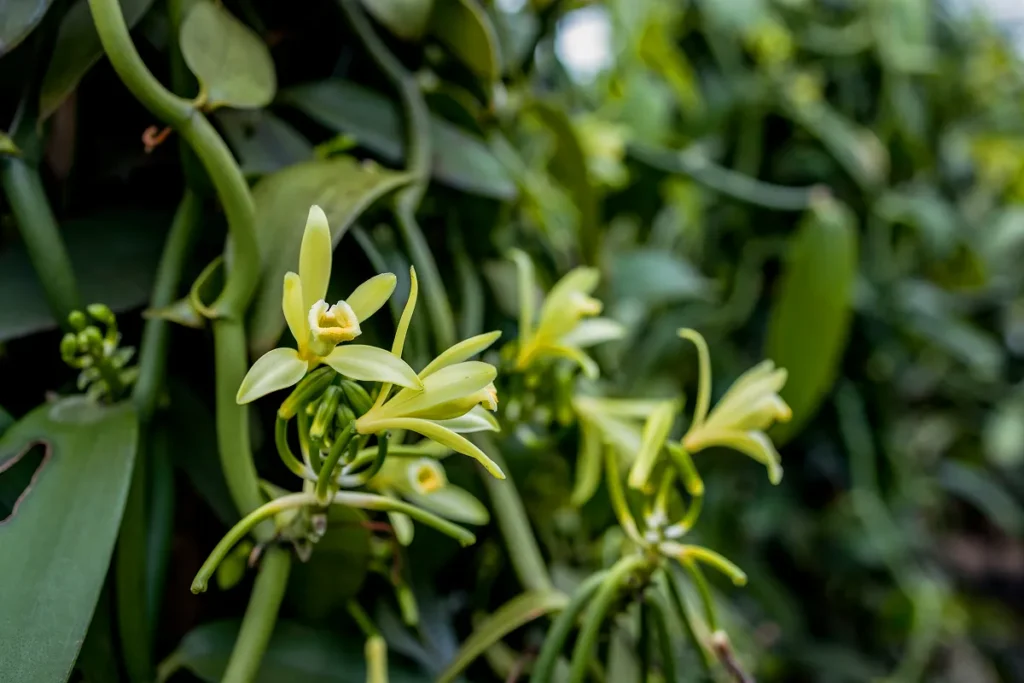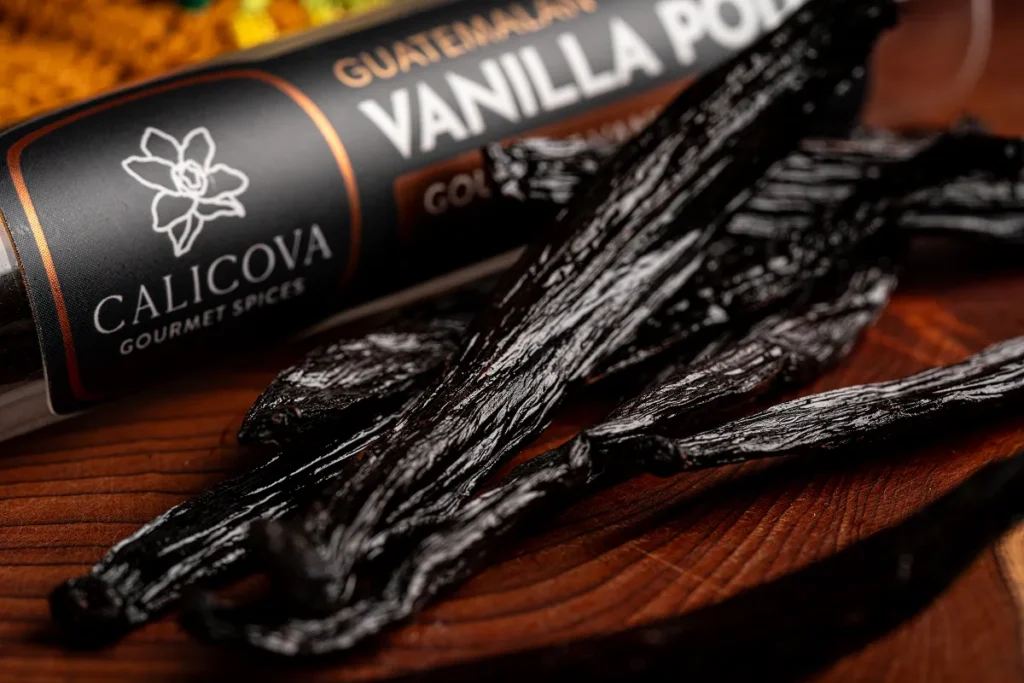When you think of Vanilla, you might picture pods from Madagascar or Tahiti. However, few know the remarkable story of Vanilla Maya. Vanilla Maya is the fruit (beans or pods) of a rare orchid with ancient roots; this unique species of Vanilla is grown in the highlands of Guatemala and southern Mexico regions, renowned for their rich biodiversity and deep Maya heritage.
For thousands of years, the Maya civilisation cultivated a sacred culinary triad: Vanilla, Annatto, and Cacao.
Vanilla was used for culinary purposes, as well as political ceremonies, medicine and religious rituals. Vanilla was never just an ingredient; it was part of a cultural lineage. Vanilla Maya reconnects us to these traditions, offering a rare glimpse into the original terroir where Vanilla first took shape.
The name Vanilla Maya is a tribute to the people who first cultivated Vanilla and also to the botanical cradle of the plant itself.
Recently, this unique vanilla species has been studied and introduced into global commerce, offering a rare opportunity to experience a vanilla species with ancient origins.


Cultivated in native agroforestry systems in Guatemala. We work directly with local farmers, who employ traditional, low-impact methods to honour the biodiversity of the land and the knowledge of its people.
Cultivation here is slow, sacred, and small-scale. This natural setting infuses Vanilla Maya with the terroir, just as fine wine or speciality coffee reflects the soil and soul of its region.
Vanilla cribbiana stands out from other commercial vanillas in several ways:
